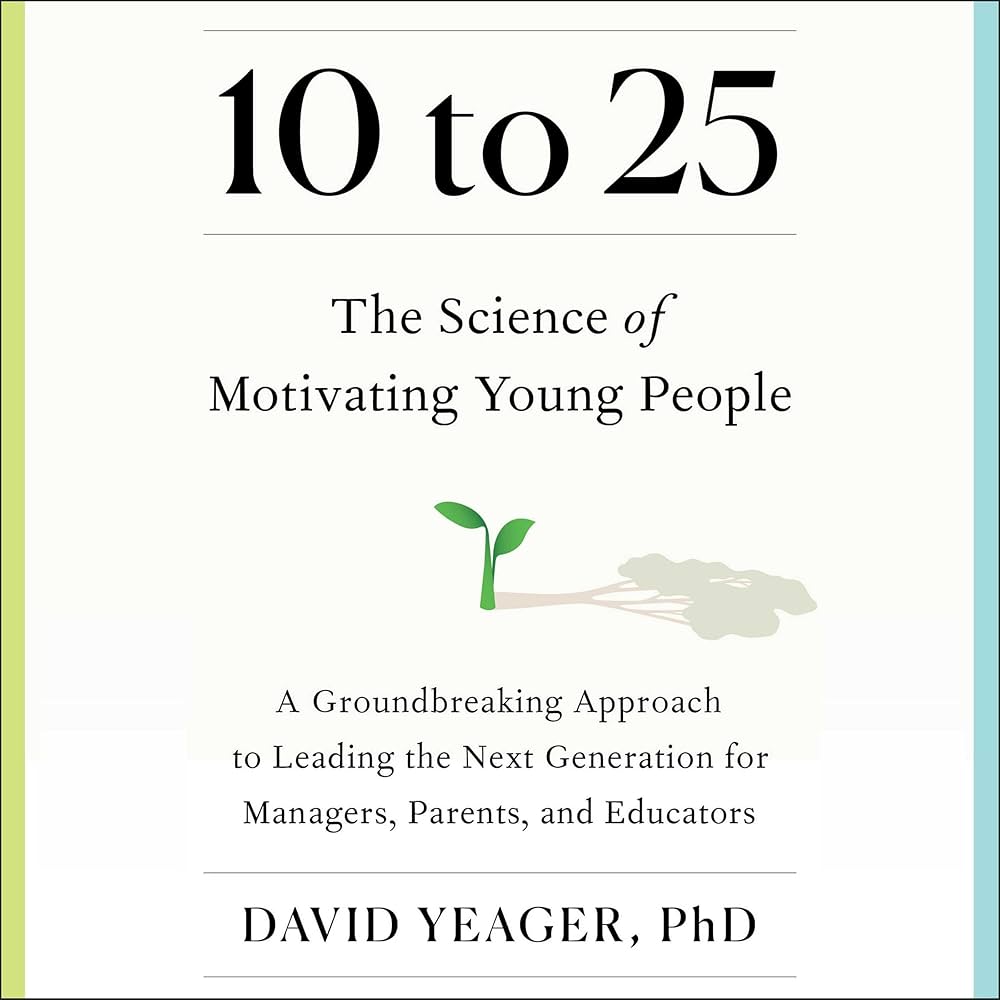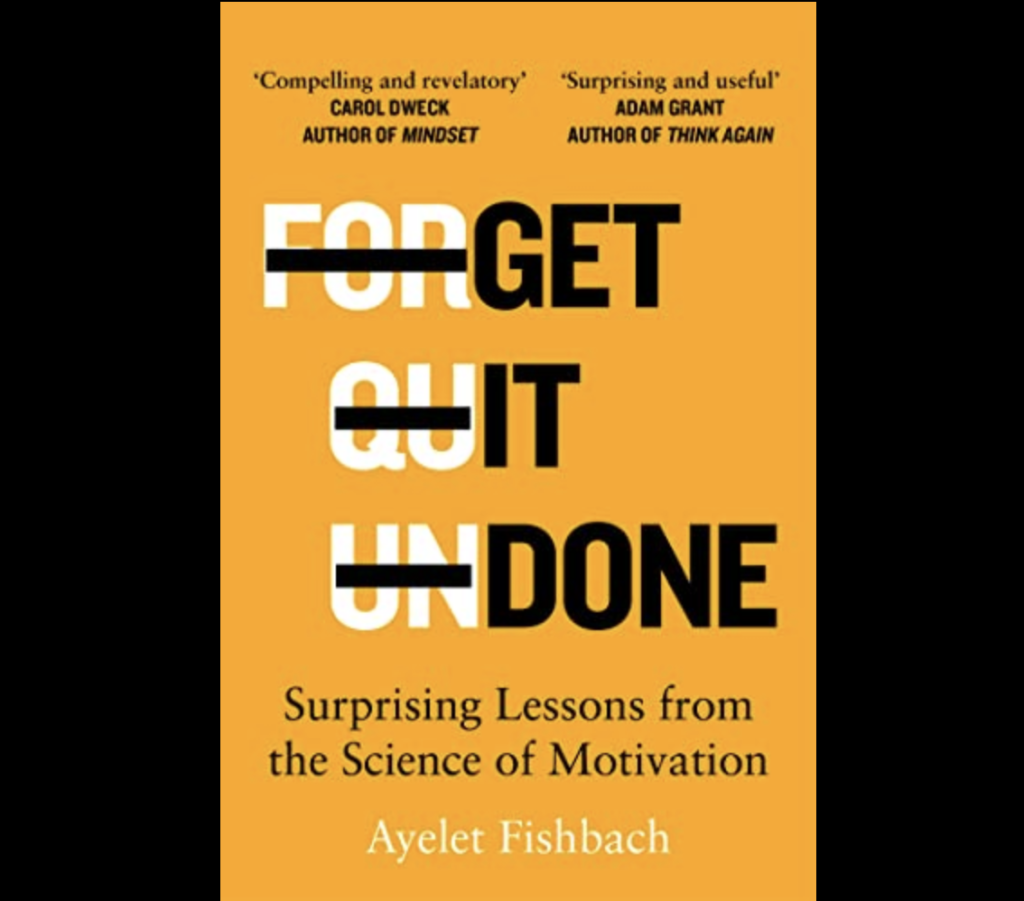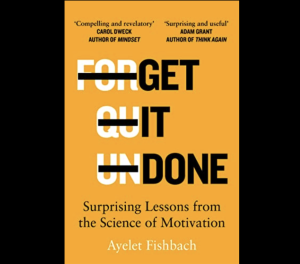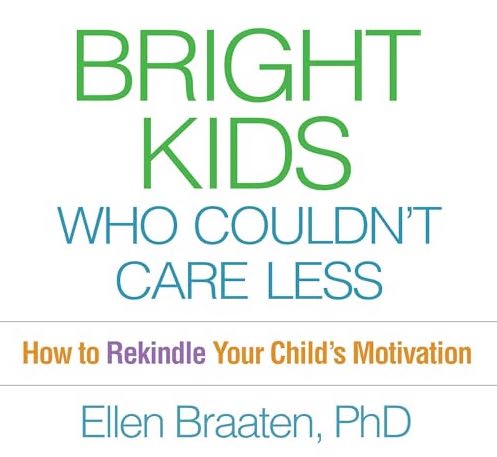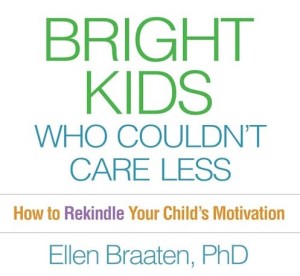Student motivation has always been a concern; never more so than since the pandemic. What guidance do we get from recent research into reading?
Do we want our students to ENJOY math, or to BE SKILLED AT math?
At first, this question sounds like a false choice. Obviously, we want BOTH.
As an English teacher, I want my students to have fun analyzing the books we read…and I want their analyses to have heft, merit, and substance.
I suspect that most teachers, no matter the subject — Math, English, Chemistry, Religion, Pickleball — want our students to revel in core ideas and arrive at correct answers.
At some times, alas, we probably need to prioritize one or the other. Especially at the beginning of a unit, should I focus on …
… ensuring that my students like this stuff (even if they don’t immediately understand it), or on
… ensuring they understand the stuff (even if they don’t immediately like it)?
In teaching as in life: if I try to accomplish both goals simultaneously, I’m likely to accomplish neither.
Reading Research
I’m not surprised to discover in a recent study that students’ enjoyment of reading correlates with their skill at reading.
That is: students who get high scores on various reading tests report enjoying reading more than their low-test-scoring peers.
Of course, correlation (say it with me) isn’t causation.
Does the enjoyment lead to the skill? The skill lead to the enjoyment?
Both?
Neither?
To answer these questions, Elsje van Bergen’s research team looked at twins in Finland — more than 3500 of them.
In theory, if we ask all the right questions, gather the right data, and run the right calculations, we should glean insight into the correlation/causation question.
So: what did Team van Bergen find?
But First…
Before you read the answers to that question, you might pause to make a committment. Try to decide NOW if you’re inclined to trust this methodology.
That is:
a) you think well-done twin studies are likely to be a good way to answer this question. For that reason, you will be inclined to accept this answer even if you initially disagree with it.
or
b) you think twin studies can’t answer questions about skill and enjoyment. Thus, you will not cite this study to support your beliefs even if it aligns with those beliefs.
If we’re going to use research to make decisions about education, we should be scrupulous about doing so even when research contradicts the conclusions we had initially held.
Answers, and Questions
Now, back to this post’s main narrative…
Unlike many studies, this one can be summarized in a few pithy sentences.
Based on the twin data they analyzed, van Bergen’s team concludes that:
- reading skill increases reading enjoyment,
- reading enjoyment has no effect on reading skill,
- genetics influences both positively.
Unsurprisingly, the stats get all stats-y. But the above-the-fold headlines are that simple.
Because I don’t teach reading, I’ve always hesitated to be too opinionated on the topic. Now that this study is in the wild, I do think it adds a useful perspective while the reading wars rage on.
For instance: teachers whom I like and respect have told me that older methods might not have science behind them, but they’re excellent at “making students feel like readers.”
This claim has always puzzled me. How can a student feel like a reader if s/he can’t read?
Van Bergen’s study, I think, gives me permission to address that point directly: “this study suggests that skill at reading will be the more important place to start in reading instruction.”
Zooming the Camera Back
While this study and this post have focused on reading instruction, I do think there’s a broader message here as well.
We frequently hear about the importance of intrinsic motivation; that is, a motivation that springs from students’ natural interests, not from external encouragement (or pressure).
This study, to the contrary, finds that the work teachers do to improve students’ skill simultaneously enhances their motivation. That motivation might be — in effect — extrinsic; but, it’s working. (Working = students read better, and want to read more.)
Overall, I believe we need a substantial rethink of the (false) intrinsic/extrinsic dichotomy, and the (unhelpful) criticism of motivational strategies that many teachers currently find themselves using.
If you want to join me for just such a rethink, I’m giving a webinar for Learning and the Brain on April 5th. We’ll be talking about several research-informed approaches to intrinsic motivation, and brainstorming strategies to make those ideas fit in our classrooms.
I hope I’ll persuade you that we have better ways to talk about motivation than “intrinsic/extrinsic,” and those better ways give us useful teacherly guidance.
I hope you’ll join us!
van Bergen, E., Hart, S. A., Latvala, A., Vuoksimaa, E., Tolvanen, A., & Torppa, M. (2023). Literacy skills seem to fuel literacy enjoyment, rather than vice versa. Developmental Science, 26(3), e13325.
![Enjoyment or Skill? The Case of Reading [Repost]](https://www.learningandthebrain.com/blog/wp-content/uploads/2022/02/Confused-stress-student.jpg)



